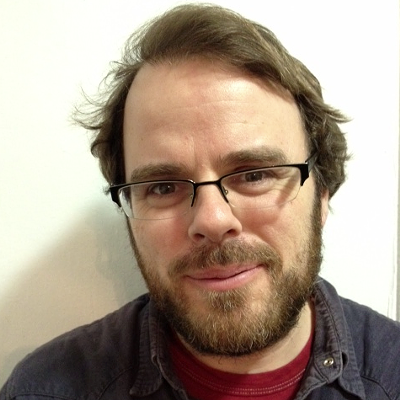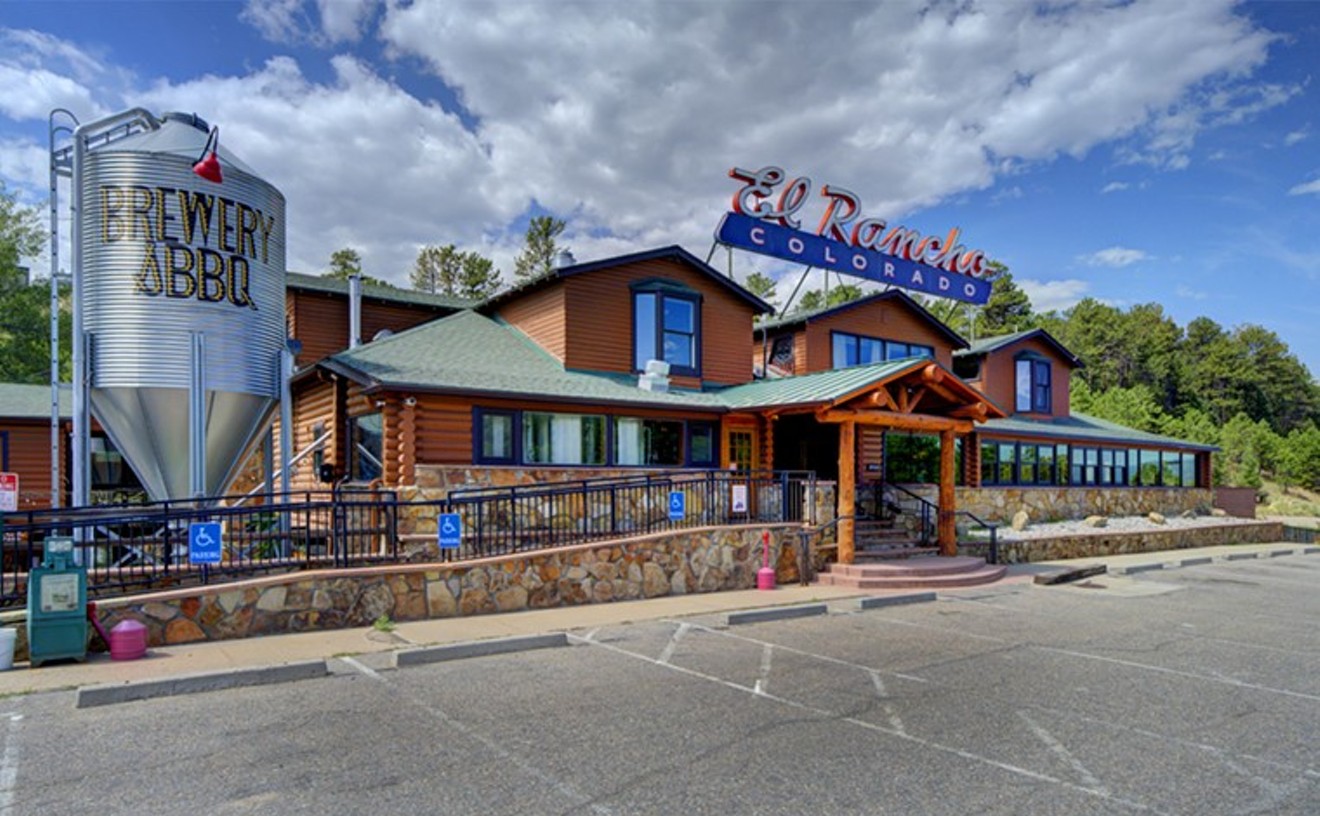Here’s to Quentin Tarantino’s cussed perversity. The Hateful Eight, his intimate, suspenseful Western splatter-horror comedy, has been shot at great expense in the long-gone 70mm format, but the movie itself is set almost entirely in cramped interiors. He’s hired Ennio Morricone to score the thing, but don’t expect any rousing new Western themes; rather, the music is tense and looping, tinkling with chimes. And the first time a white character has a chance to speak the slur that is to Tarantino movies what “breakin’ my balls” is to Scorsese’s, that white guy — a walrus-mustachioed bounty hunter embodied by Kurt Russell — politely opts for “black fella” instead.
Tarantino seems determined to upend your every expectation. Here’s an engaging drawing-room outlaw mystery that devotes much of its generous run time to what my aunt calls “visiting.” Here’s an octet of gun-toting bastards sitting out a blizzard and striving for politeness despite detesting each other on grounds of race, regional loyalties and politics. In that way, it’s an honest movie about America during the holidays.
But don’t think Tarantino is changing on us. Soon everyone is expectorating “Nigger” at each other, and after several reels of diverting 1870s tough-guy dialogue comedy, with bounty hunters of uncertain allegiance holed up in a Wyoming frontier way station, the movie twists into nastiness beyond anything you might anticipate.
There are new elements: Samuel L. Jackson aces some Miss Marple sleuth work, and there’s a moving ballad sung by Jennifer Jason Leigh, who plays a high-bounty prisoner chained to Russell. But the writer-director’s hallmarks abound. Here again are chatty killers and the pretzeled-history pleasure of seeing minorities kaboom the brains of their oppressors. As in Django Unchained, Tarantino invests his attention in snowy vistas, rafters and floorboards, whiskers and stagecoaches, risible anachronisms and speech after speech — some sleepy, but many cruel marvels.
But this isn’t Django II. This is Tarantino’s smallest-scaled effort since Reservoir Dogs, his first film since then that could easily work on the stage. It has a traditional play’s pacing and structure. It also marks the end of its author’s run of heroic fantasies: Unlike with Kill Bill and Inglourious Basterds, you won’t feel pressured to cheer the inevitable deaths. The slapstick butchery of the final reels is plenty nasty, of course, but it’s unshackled from that queasy Django/Basterds sense that we’re meant to believe that over-the-top movie violence might right history.
But all of those familiar Tarantino elements are just side dishes arranged around a main course: a taboo-flouting monologue from Samuel L. Jackson that stands as the writer-director’s most lurid and sustained expression of one of his great preoccupations: the reputed sexual might of black men. In his recent films, Tarantino has worked the idea of the black penis as the white whale of Johnny Reb types: They fear it, admire it, and ache to bring one down.
But in all its shock talk, The Hateful Eight airs a couple of painful truths about race in America, in dialogue that’s a lifetime removed from the glib use of “nigger” in Pulp Fiction. And surprisingly, after all that, the movie turns, like Django, on an affecting cross-racial friendship.
Jackson and Russell dominate the picture — Jackson slyly, his character putting together clues before it’s clear that there’s a mystery, and Russell brusquely, swinging his way around the way station John Wayne-style. Leigh is handcuffed to Russell; her Daisy Domergue is an outlaw that Russell’s John Ruth has captured. For most of the film, she’s his silent shadow, a black-eyed joker in the margins.
Eventually, Leigh, her face covered in gore, seizes The Hateful Eight and makes it her own. But to say more about her haunting, demented turn would involve spoiling Tarantino’s plotting, so let’s leave it at this: She’s the most compelling monster in a film teeming with them.
[
{
"name": "Air - MediumRectangle - Inline Content - Mobile Display Size",
"component": "12017618",
"insertPoint": "2",
"requiredCountToDisplay": "2"
},{
"name": "Editor Picks",
"component": "17242653",
"insertPoint": "4",
"requiredCountToDisplay": "1"
},{
"name": "Inline Links",
"component": "18838239",
"insertPoint": "8th",
"startingPoint": 8,
"requiredCountToDisplay": "7",
"maxInsertions": 25
},{
"name": "Air - MediumRectangle - Combo - Inline Content",
"component": "17261320",
"insertPoint": "8th",
"startingPoint": 8,
"requiredCountToDisplay": "7",
"maxInsertions": 25
},{
"name": "Inline Links",
"component": "18838239",
"insertPoint": "8th",
"startingPoint": 12,
"requiredCountToDisplay": "11",
"maxInsertions": 25
},{
"name": "Air - Leaderboard Tower - Combo - Inline Content",
"component": "17261321",
"insertPoint": "8th",
"startingPoint": 12,
"requiredCountToDisplay": "11",
"maxInsertions": 25
}
]











